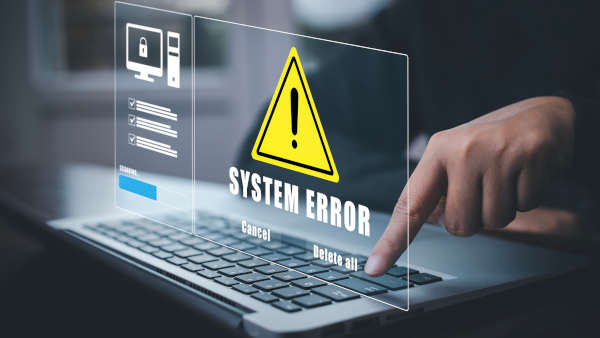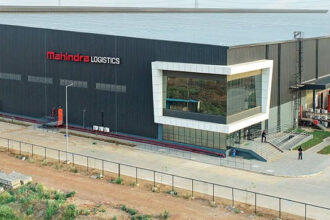In today’s fast-paced business environment, effective supply chain management is critical for companies to maintain a competitive edge. However, many businesses overlook the hidden internal issues that can derail even the most optimized supply chains. These “internal demons” manifest in inefficiencies, communication breakdowns, and poor process management, all of which contribute to delays, increased costs, and dissatisfied customers. Identifying and eliminating these internal problems is key to ensuring a smooth and reliable supply chain.
Understanding the “Internal Demons” in Supply Chains
The term “internal demons” in supply chain management refers to obstacles within the organization that hinder the effective flow of goods, information, and services. These demons are often created by internal processes, culture, and misalignment of goals across different departments.
Some common internal demons include:
- Siloed departments: Different functions (e.g., procurement, logistics, and sales) often work independently, focusing on their own objectives rather than the organization’s broader goals. This lack of coordination can lead to miscommunication, delays, and errors in fulfilling customer demands.
- Inefficient processes: Legacy systems and outdated processes can create bottlenecks in the supply chain. Without regular updates or streamlined procedures, manual errors, redundant tasks, and slow decision-making processes can cripple supply chain efficiency.
- Poor data management: Inaccurate or incomplete data affects forecasting and inventory management. When data is siloed, outdated, or inconsistent, it results in poor decision-making, missed opportunities, and operational inefficiencies.
How to Identify the Internal Demons
To combat these challenges, businesses must first identify the weak points in their supply chains. Here are some ways to spot internal demons:
- Process Audits: Conducting regular audits of the supply chain can reveal inefficiencies in workflows. By mapping out processes end-to-end, organizations can identify areas where manual intervention, redundant steps, or outdated practices slow down operations.
- Cross-Departmental Collaboration: Encourage open communication between departments to ensure alignment and collaboration. By fostering a collaborative culture, teams can work towards a common goal of supply chain efficiency.
- Data Analysis: Use modern analytics tools to evaluate supply chain performance. Pay attention to key metrics such as lead times, inventory turnover, and order fulfillment rates. Discrepancies in these metrics can signal underlying issues like inaccurate demand forecasting or delays in production.
- Employee Feedback: Employees often have first-hand knowledge of inefficiencies in their daily tasks. Regularly solicit feedback from your team to identify areas for improvement and potential bottlenecks that may not be obvious at the management level.
Strategies to Eliminate Internal Demons
Once the demons are identified, here’s how to address them:
- Automate Processes: Embrace supply chain automation to streamline workflows, reduce human error, and ensure a smoother flow of goods and information. Automation can also help in managing data efficiently and improving real-time decision-making.
- Invest in Training: Equip employees with the skills and knowledge they need to adapt to new systems, technologies, and processes. Training is essential for ensuring that staff can manage automated systems effectively and follow streamlined workflows.
- Upgrade Technology: Implement cutting-edge supply chain management software to integrate different functions within your business. Modern solutions can optimize inventory, track shipments, and analyze real-time data, leading to better decision-making and faster response times.
- Encourage Continuous Improvement: Adopt a culture of continuous improvement by regularly reviewing processes and performance metrics. Encourage teams to regularly assess their workflows and offer suggestions on how to improve operations and efficiency.
Conclusion
Internal demons in supply chains can be destructive, but with the right tools and strategies, they can be identified and eliminated. Regular audits, embracing new technologies, fostering collaboration, and promoting a culture of continuous improvement will help businesses stay ahead of these challenges and build a more resilient and efficient supply chain. By taking proactive steps today, you can ensure your supply chain thrives and supports your company’s growth and success.






